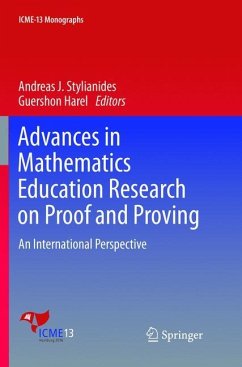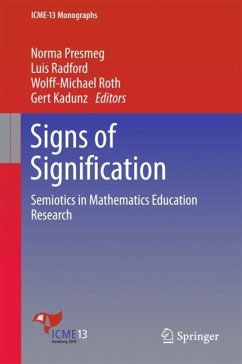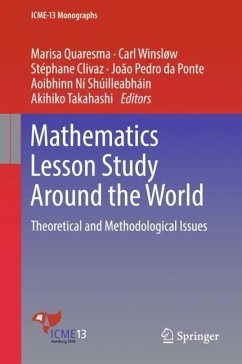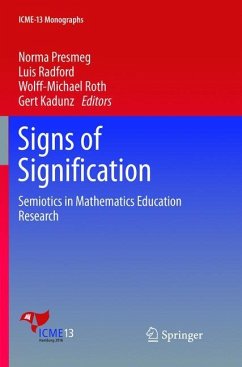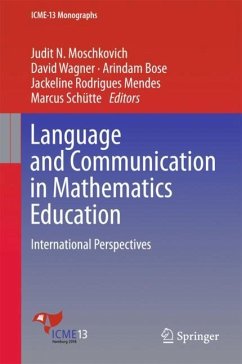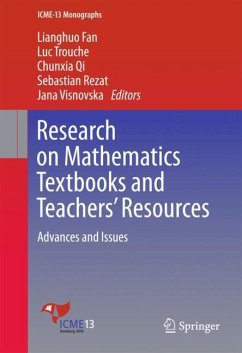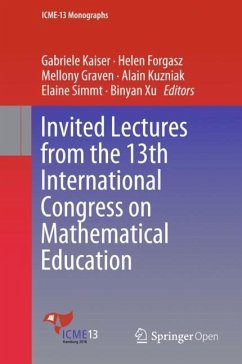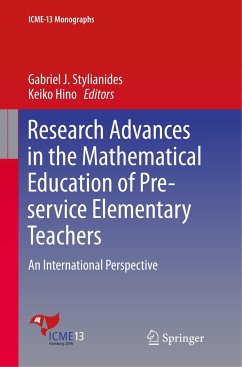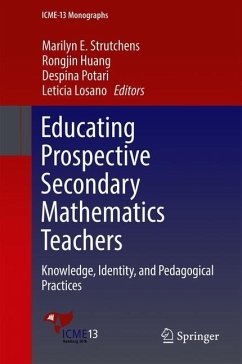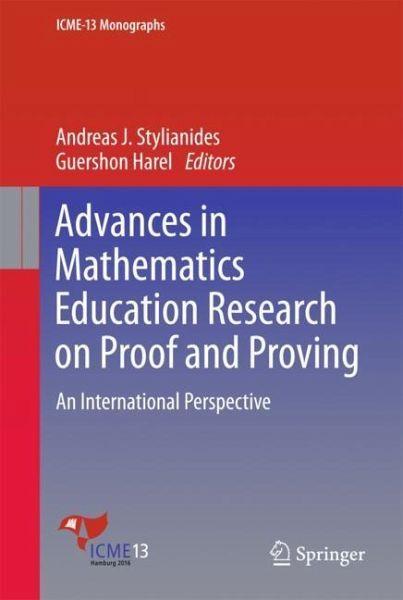
Advances in Mathematics Education Research on Proof and Proving
An International Perspective
Herausgegeben: Stylianides, Andreas J.; Harel, Guershon

PAYBACK Punkte
61 °P sammeln!
This book explores new trends and developments in mathematics education research related to proof and proving, the implications of these trends and developments for theory and practice, and directions for future research. With contributions from researchers working in twelve different countries, the book brings also an international perspective to the discussion and debate of the state of the art in this important area.The book is organized around the following four themes, which reflect the breadth of issues addressed in the book:- Theme 1: Epistemological issues related to proof and proving;...
This book explores new trends and developments in mathematics education research related to proof and proving, the implications of these trends and developments for theory and practice, and directions for future research. With contributions from researchers working in twelve different countries, the book brings also an international perspective to the discussion and debate of the state of the art in this important area.
The book is organized around the following four themes, which reflect the breadth of issues addressed in the book:
- Theme 1: Epistemological issues related to proof and proving;
- Theme 2: Classroom-based issues related to proof and proving;
- Theme 3: Cognitive and curricular issues related to proof and proving; and
- Theme 4: Issues related to the use of examples in proof and proving.
Under each theme there are four main chapters and a concluding chapter offering a commentary on the theme overall.
The book is organized around the following four themes, which reflect the breadth of issues addressed in the book:
- Theme 1: Epistemological issues related to proof and proving;
- Theme 2: Classroom-based issues related to proof and proving;
- Theme 3: Cognitive and curricular issues related to proof and proving; and
- Theme 4: Issues related to the use of examples in proof and proving.
Under each theme there are four main chapters and a concluding chapter offering a commentary on the theme overall.



